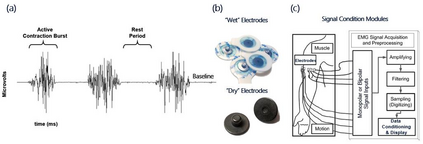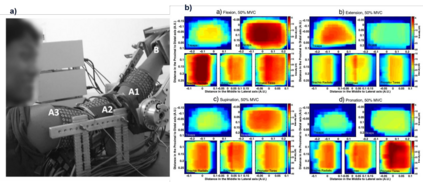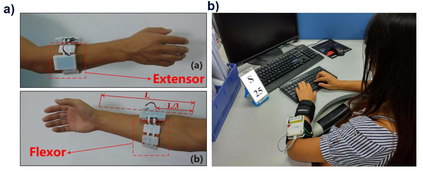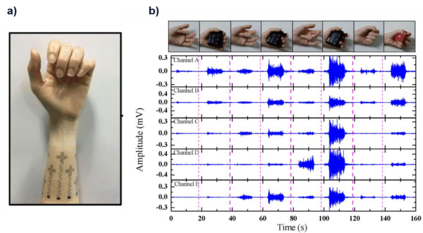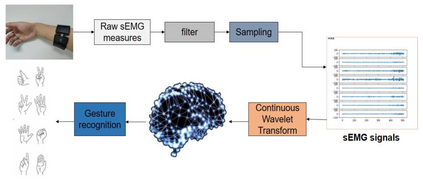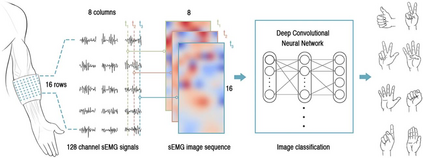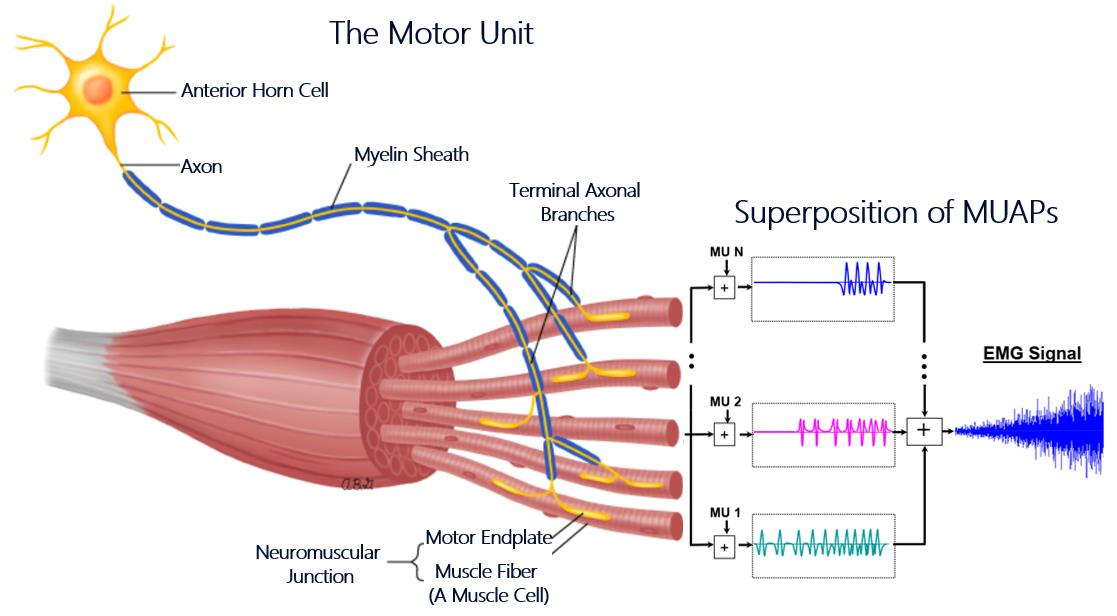Surface electromyography (sEMG) is a non-invasive method of measuring neuromuscular potentials generated when the brain instructs the body to perform both fine and coarse locomotion. This technique has seen extensive investigation over the last two decades, with significant advances in both the hardware and signal processing methods used to collect and analyze sEMG signals. While early work focused mainly on medical applications, there has been growing interest in utilizing sEMG as a sensing modality to enable next-generation, high-bandwidth, and natural human-machine interfaces. In the first part of this review, we briefly overview the human skeletomuscular physiology that gives rise to sEMG signals followed by a review of developments in sEMG acquisition hardware. Special attention is paid towards the fidelity of these devices as well as form factor, as recent advances have pushed the limits of user comfort and high-bandwidth acquisition. In the second half of the article, we explore work quantifying the information content of natural human gestures and then review the various signal processing and machine learning methods developed to extract information in sEMG signals. Finally, we discuss the future outlook in this field, highlighting the key gaps in current methods to enable seamless natural interactions between humans and machines.
翻译:表面电感学(SEMG)是测量大脑指示身体进行精细和粗糙的移动动作时产生的神经肌肉潜力的一种非侵入性方法,在过去20年中,这一技术经历了广泛的调查,在收集和分析SEMG信号所使用的硬件和信号处理方法方面都取得了重大进展。虽然早期工作主要侧重于医疗应用,但人们越来越有兴趣利用SEMG作为感测方式,使下一代、高带宽和自然人体机器界面成为可能。在本次审查的第一部分,我们简要概述了人类骨骼肌肉生理学的信号,并随后审查了SEMG获取硬件的发展情况。我们特别注意这些装置的忠诚性以及形式因素,因为最近的进展拉动了用户舒适度和高带宽度获取的限度。在文章的第二部分,我们探讨了如何量化人类自然手势的信息内容,然后审查了为提取SEMG信号而开发的各种信号处理和机器学习方法。最后,我们讨论了SEMG信号在SEMG获取的硬件方面的各种信号,然后审查了SEMG信号的开发方法,然后审查了SEMG获取信息的情况,然后审查了这些设备在不断互动的实地中,我们讨论了人类未来的主要前景。


